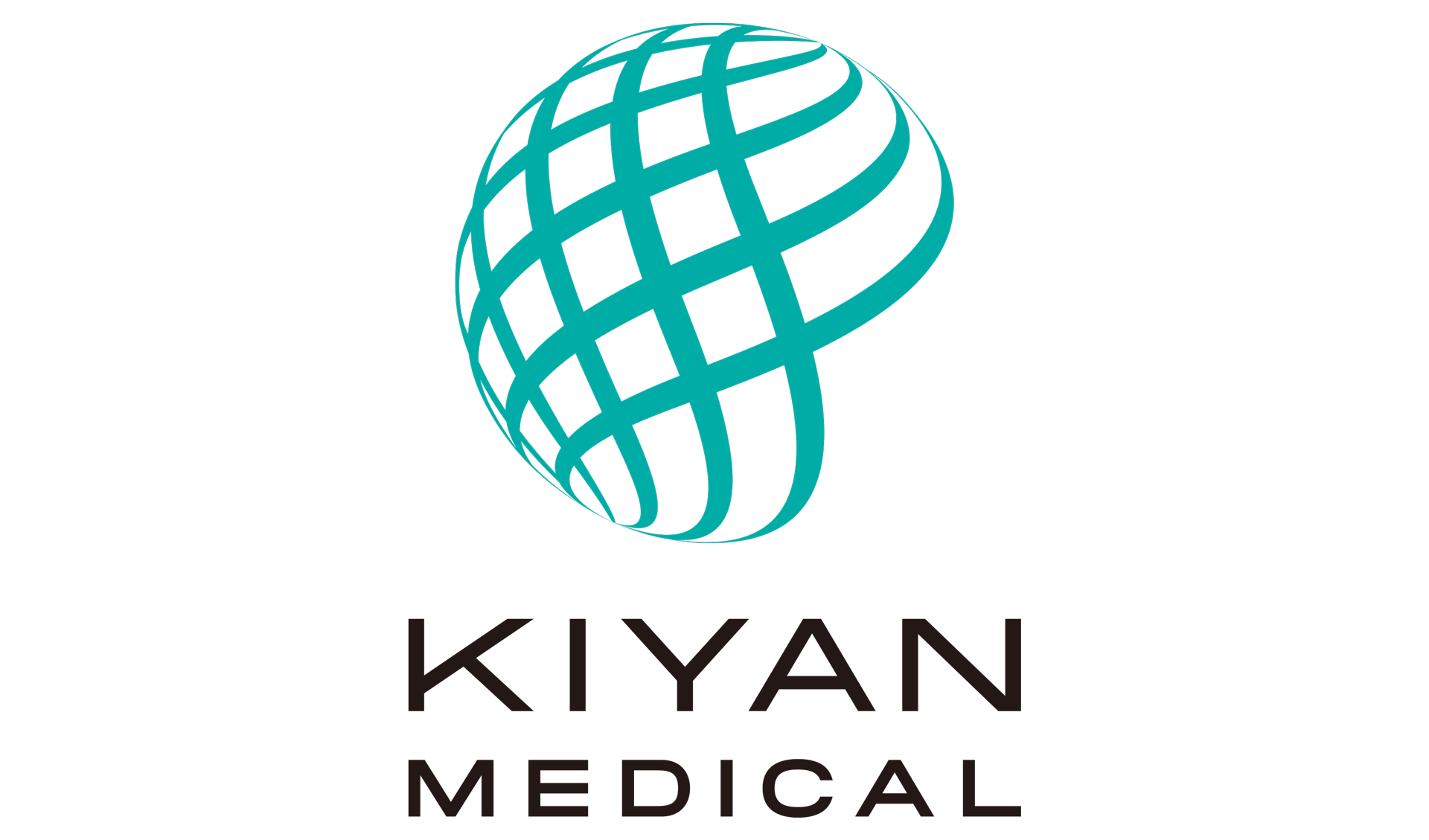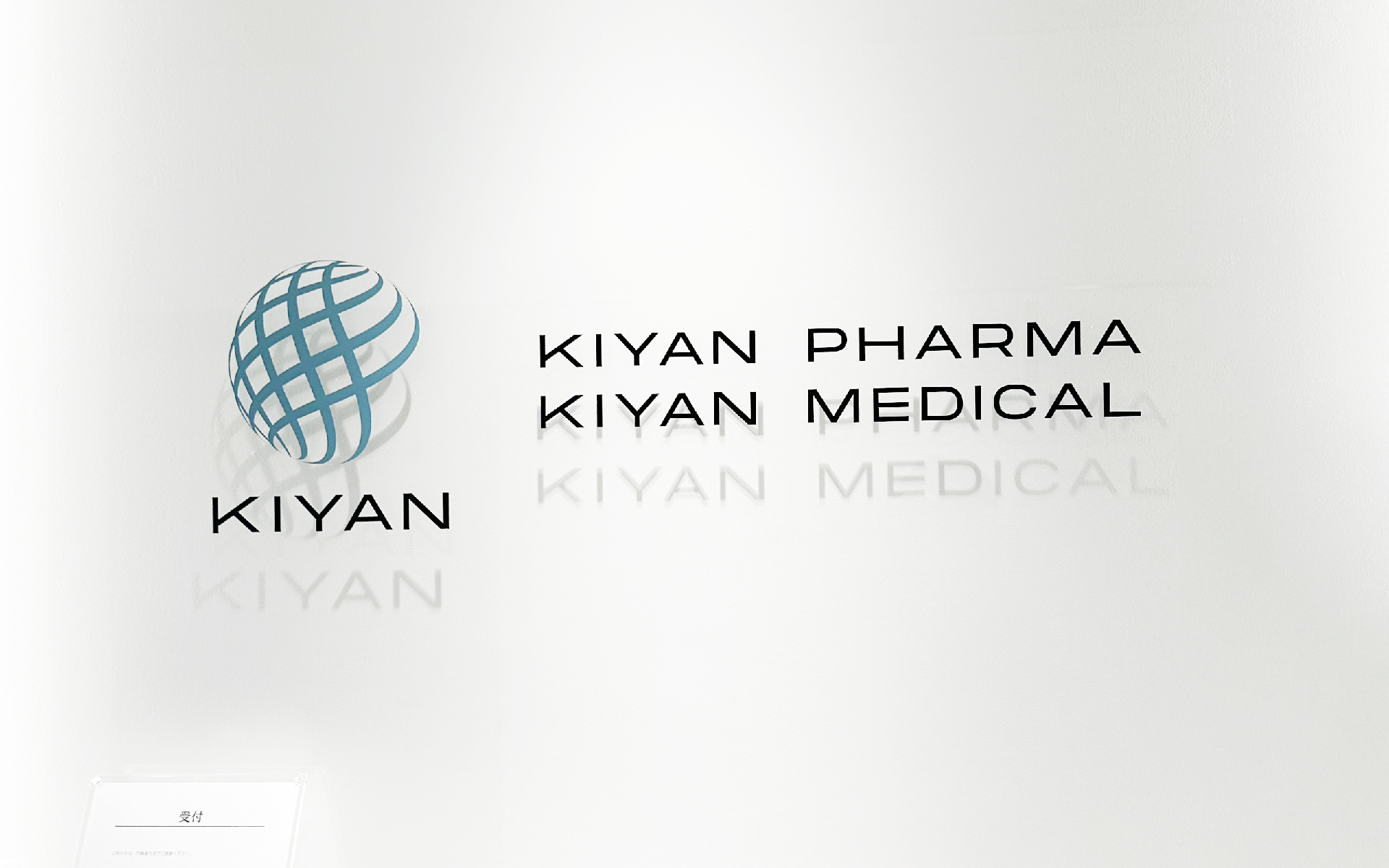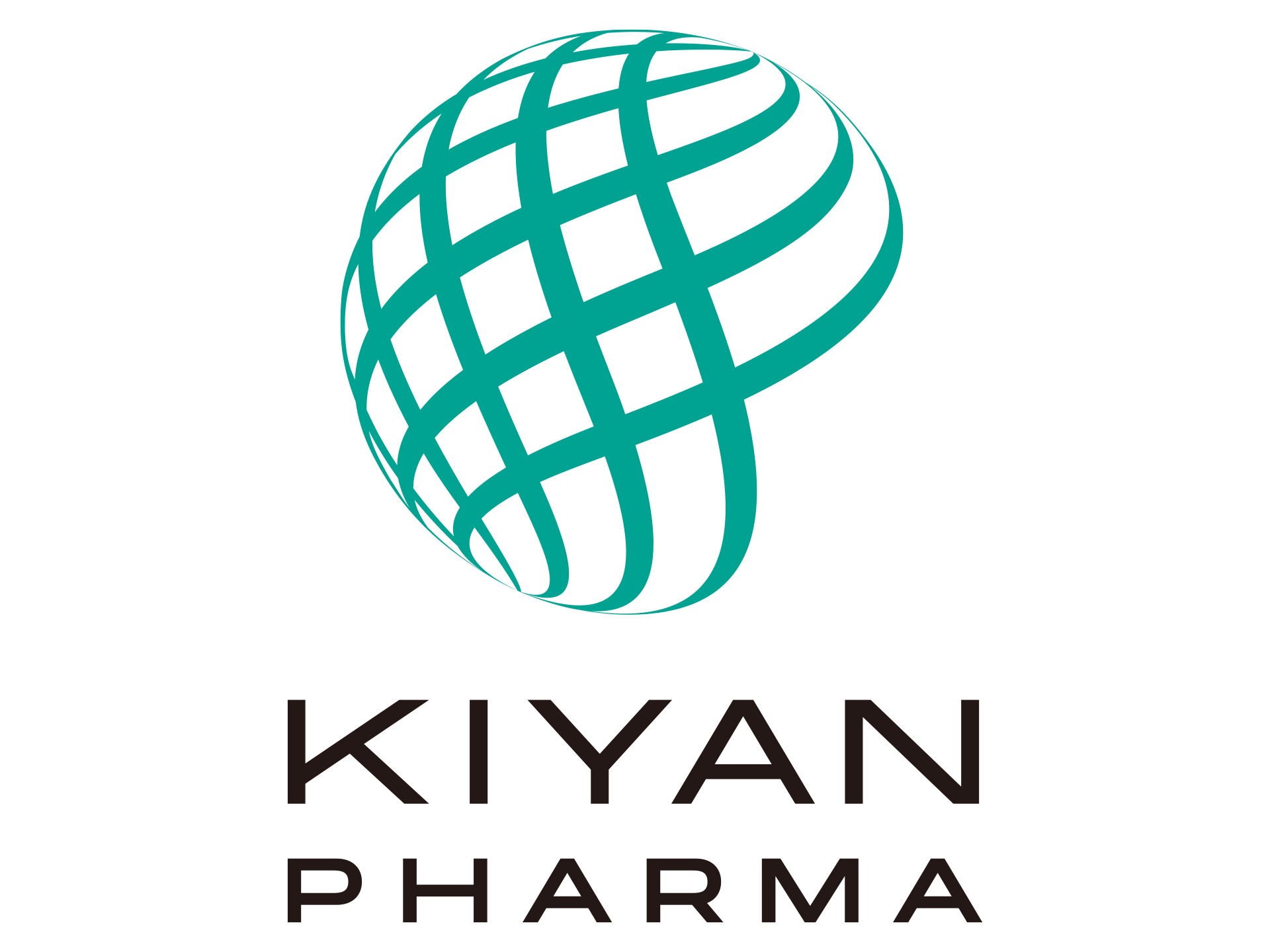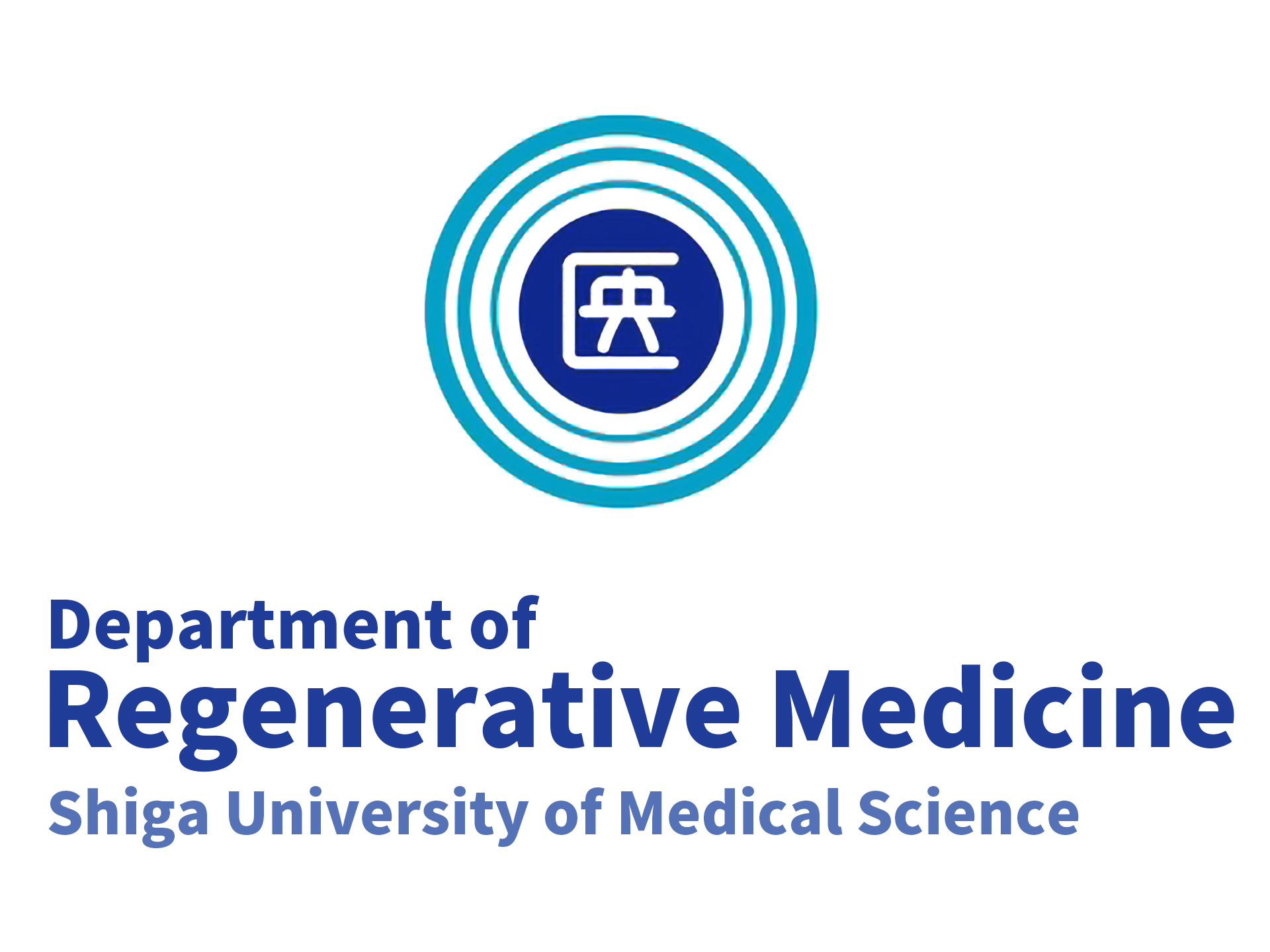
Our Pipeline at a Glance
Our “pipeline” refers to a list of drug candidates currently under research and development. This list encompasses projects from the initial exploration phase through clinical trials, up to the stages just before entering the market. Through our pipeline, we provide transparency to investors and patients about the areas of disease we are focusing on and the progress in developing innovative treatments.
Basic Research
Non-clinical (Animal) Studies
Phase I: Safety and Dosage
Phase II: Efficacy and Side Effects
Phase III: Confirmatory Trials
About Each Pipeline Stage
About “KIYAN MEDICAL”
As a pharmaceutical “Entity”, we’re committed to contributing to a healthy, sustainable future.
Prioritizing research’s social implementation, we aim to shape medicine’s future and benefit society.
Our essence reflects our philosophy and impact on lives through our products and technologies.
KIYAN MEDICAL consistently bridges research, manufacturing, and treatment, enhancing health care.
Committed to stakeholders’ needs, we adapt to global changes, ensuring resilience and relevance.
Our mission is to enhance lives through impactful health products and services, promoting well-being.
A policy aligned with the “Act on the Protection of Personal Information” governs our handling of personal data.













